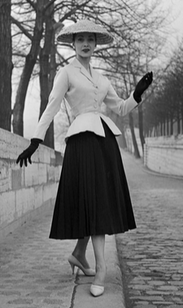
The one on the right is from 1948, only a three years difference, but you can see the silhouette has changed. And I would guess it was greatly influence by Dior's New Look which debuted just one year earlier in 1947.
So, I found that really interested. But, then I opened up the envelope and there were more surprises.
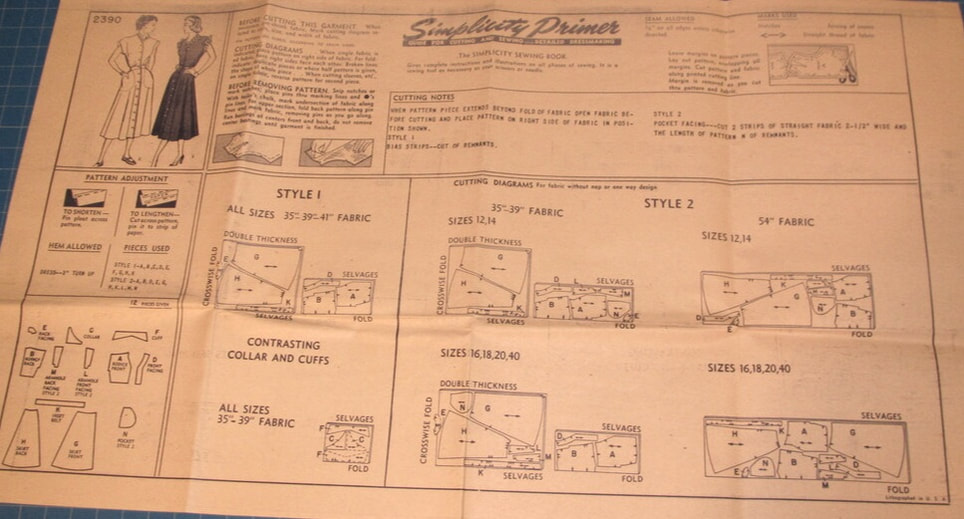
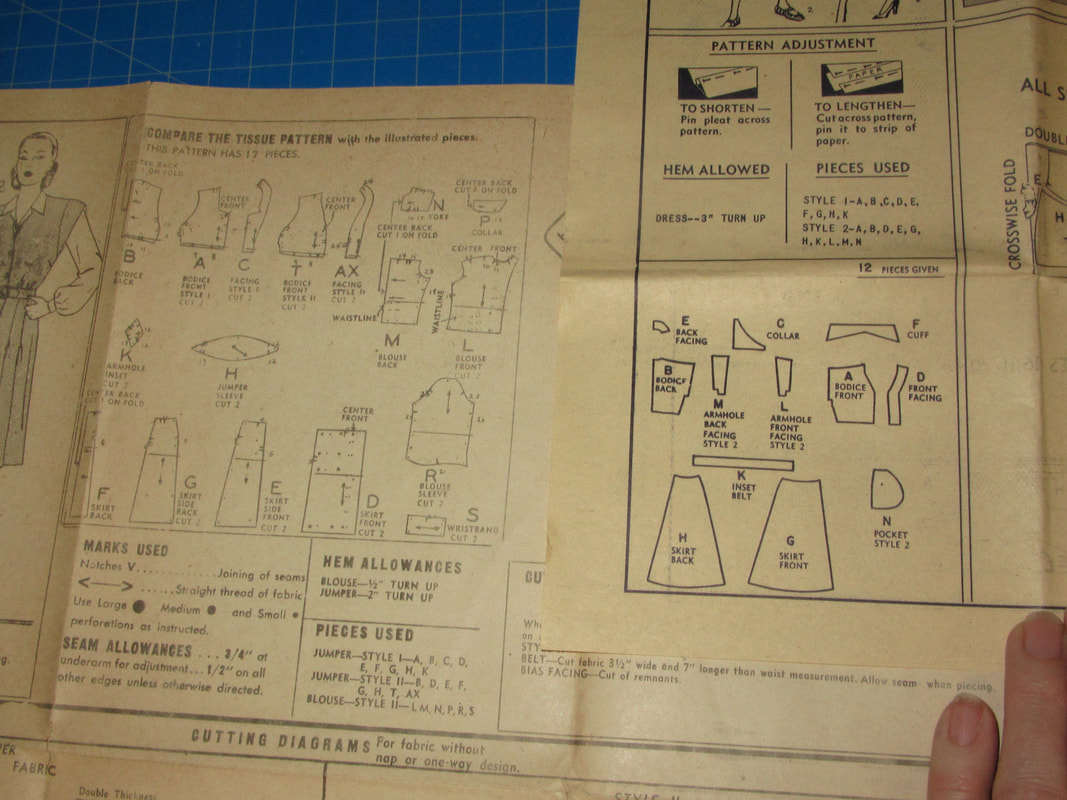
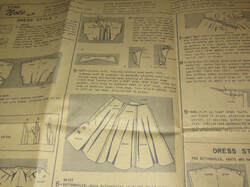
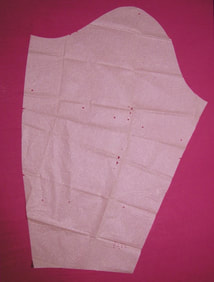
If you have never seen an "un-printed" pattern before, this is what they looked like. Each piece came cut to the correct shape and grain line, darts, gathers and other stuff was indicated with little holes punched in the tissue.
Little by little pattern companies converted over to printed patterns starting sometime in the 1920s. Each at a different time and in a different way.
The great thing about making a vintage pattern. It will never go out of style, because it already is out of style!

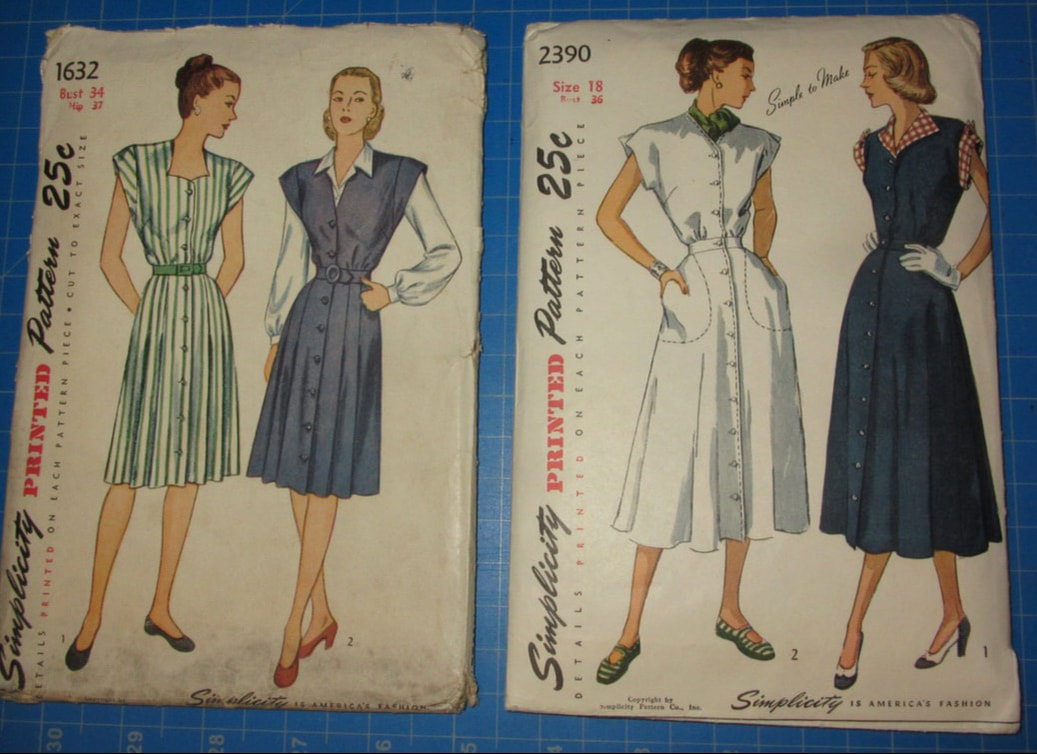
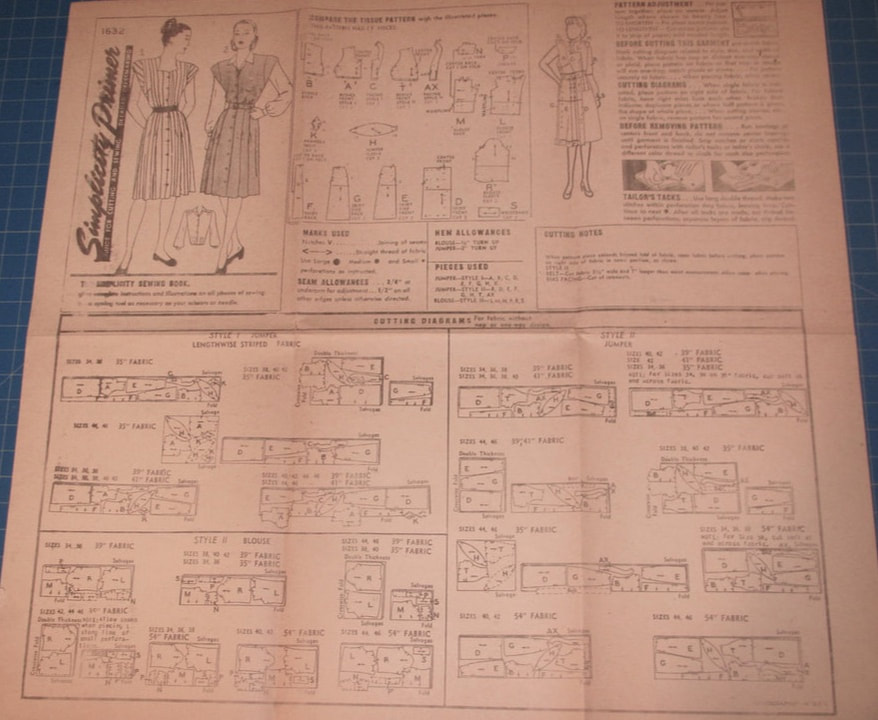
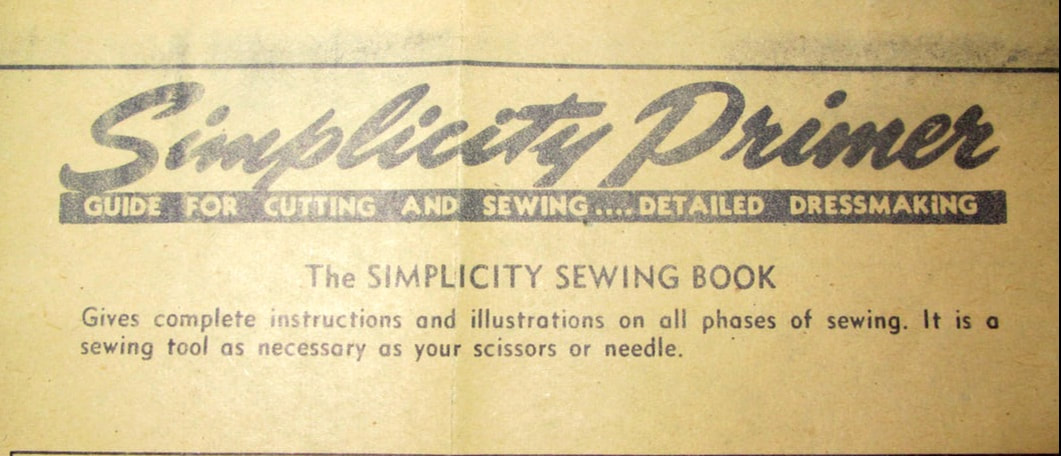
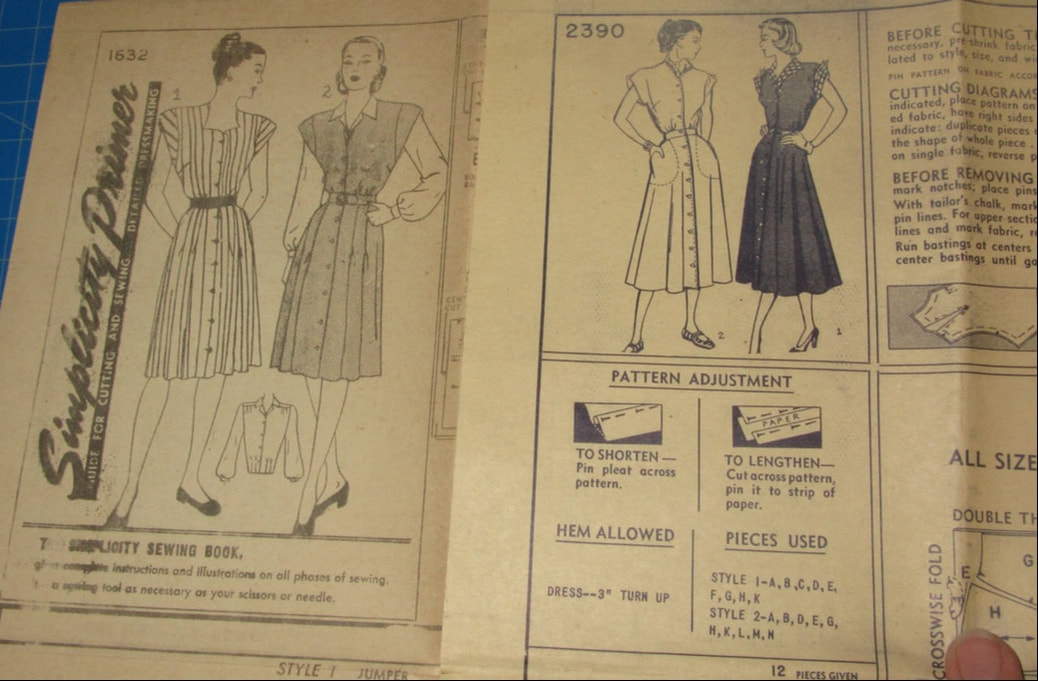
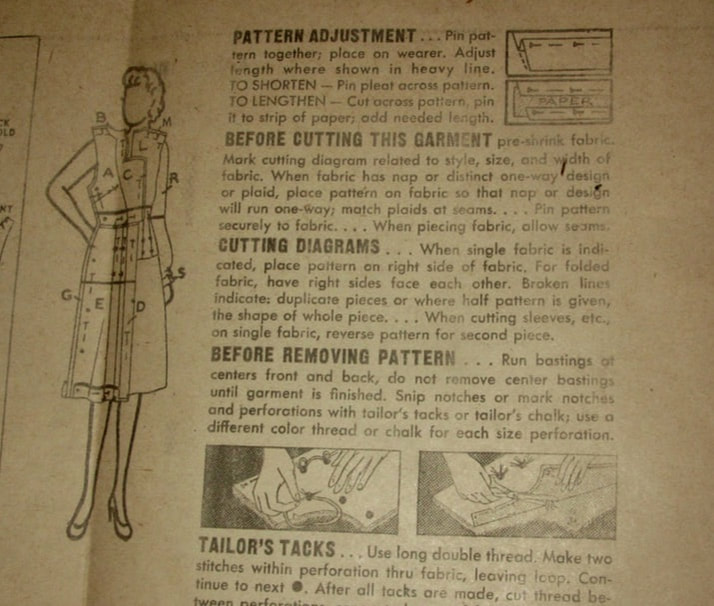


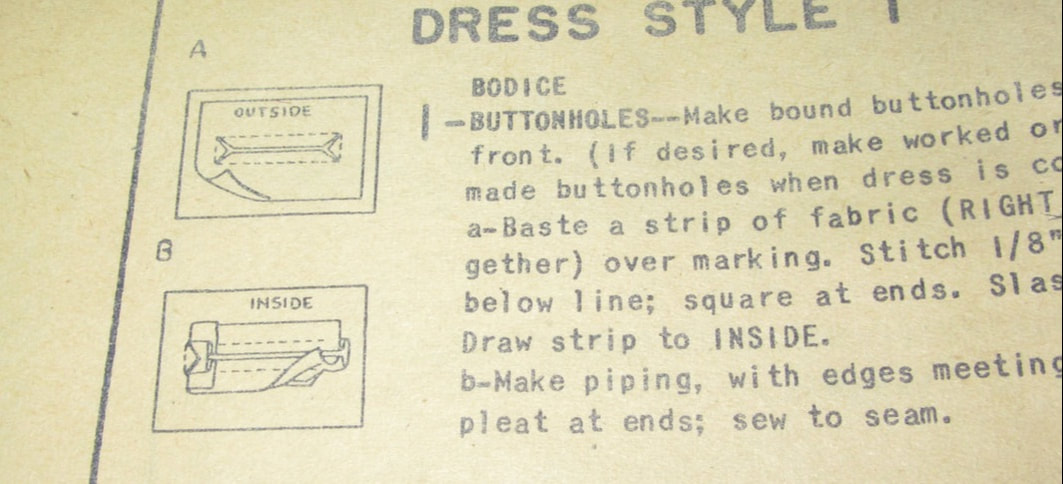
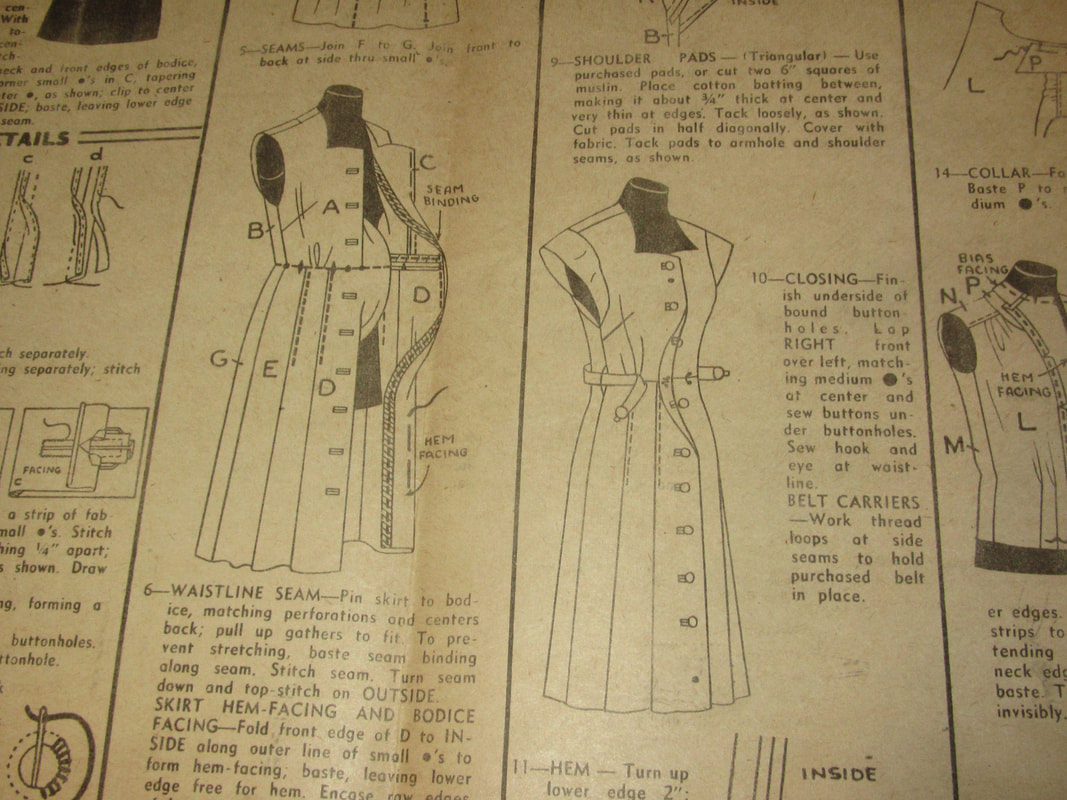
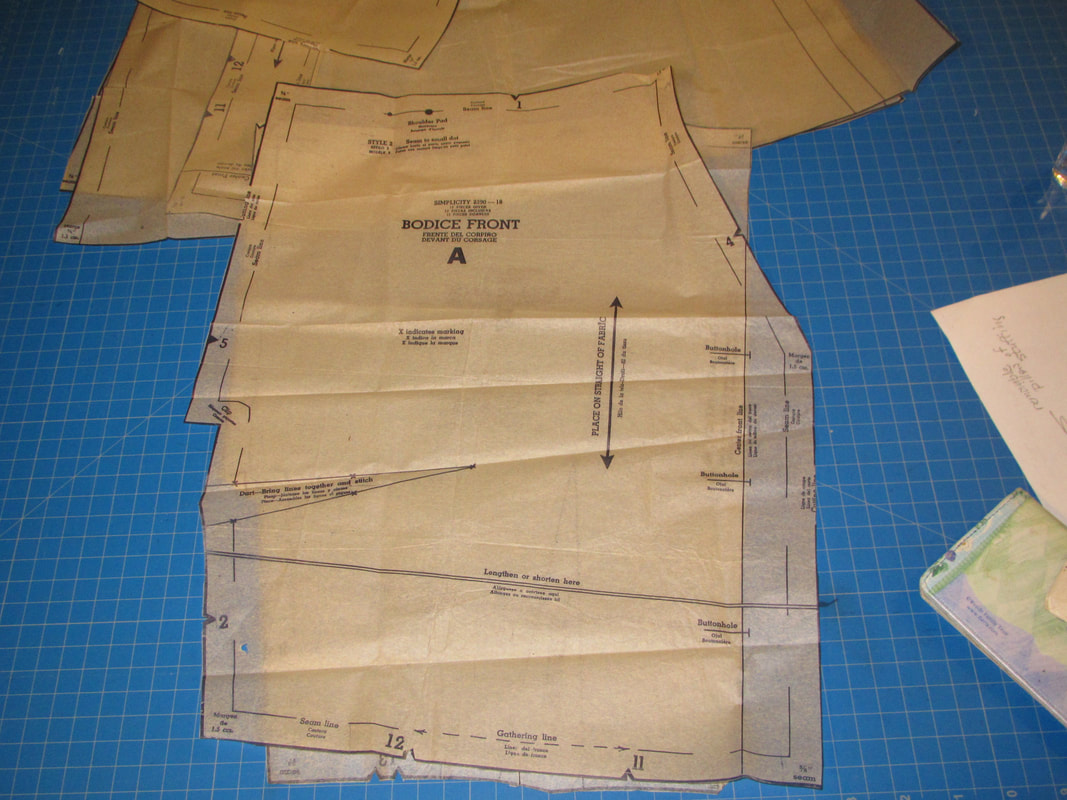
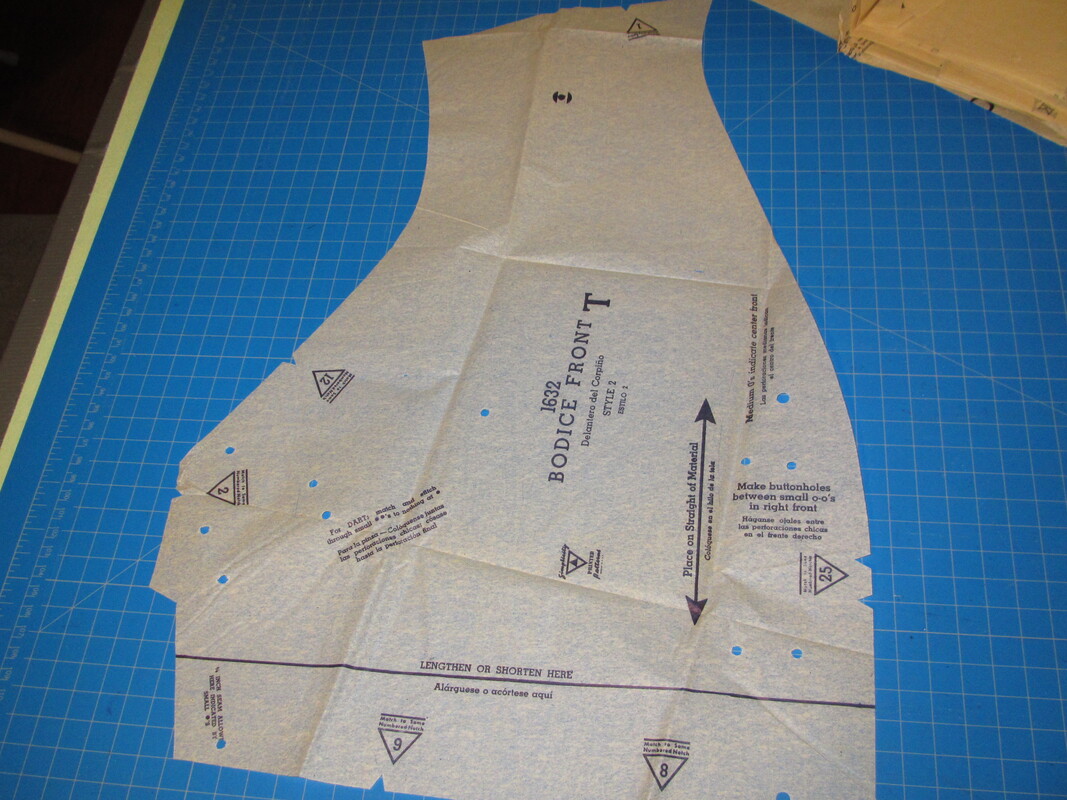
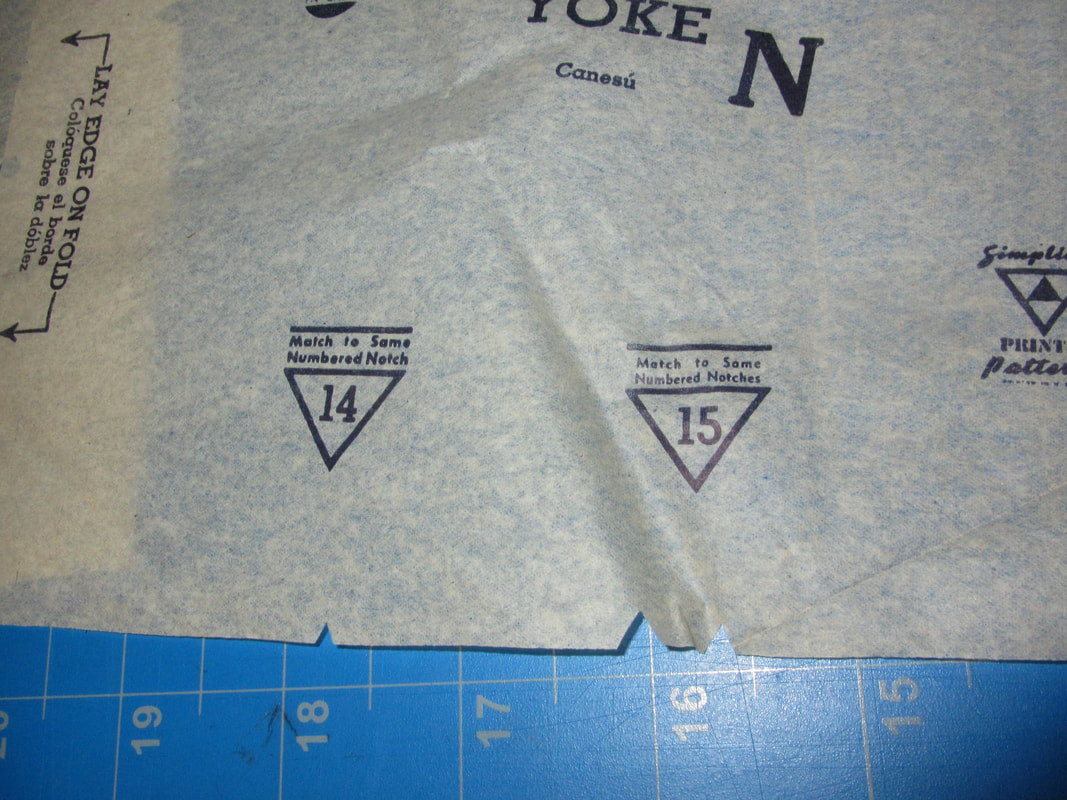
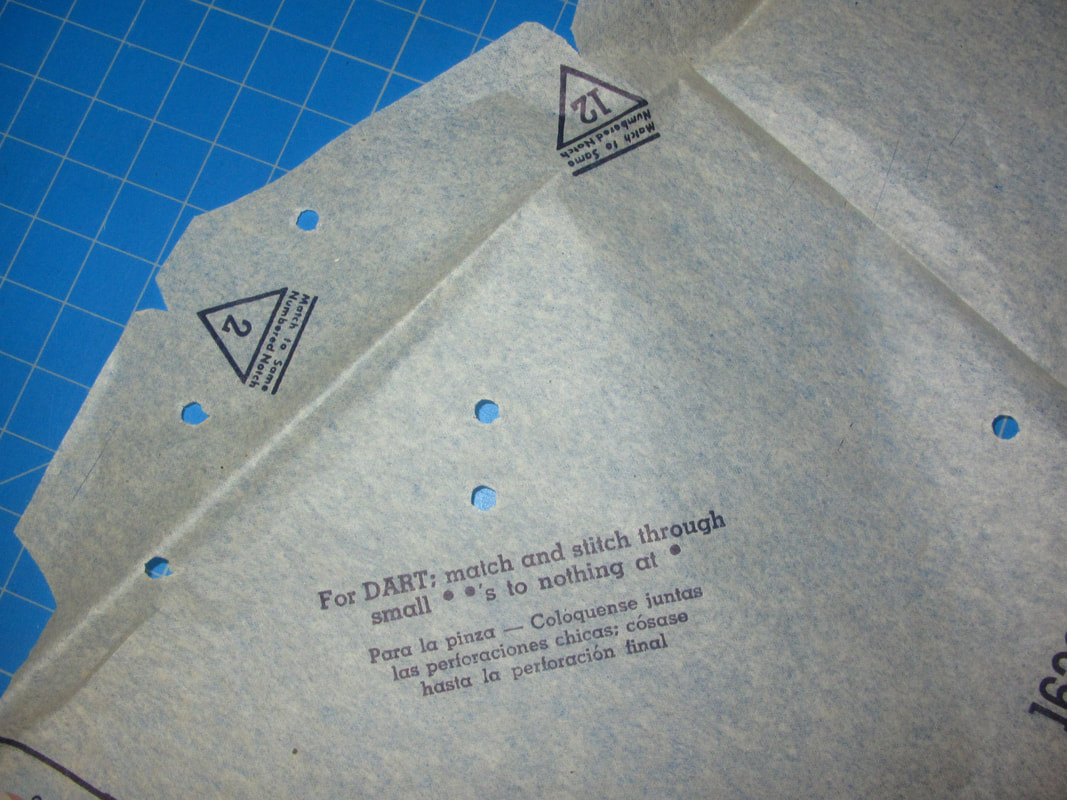
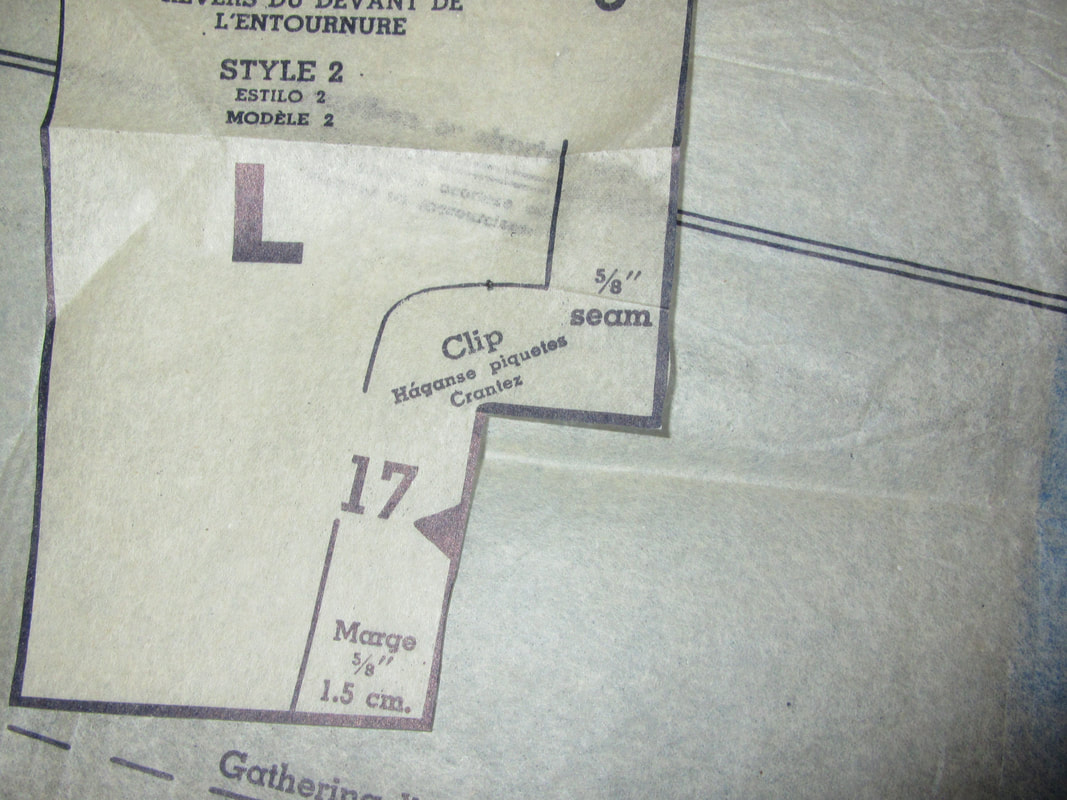
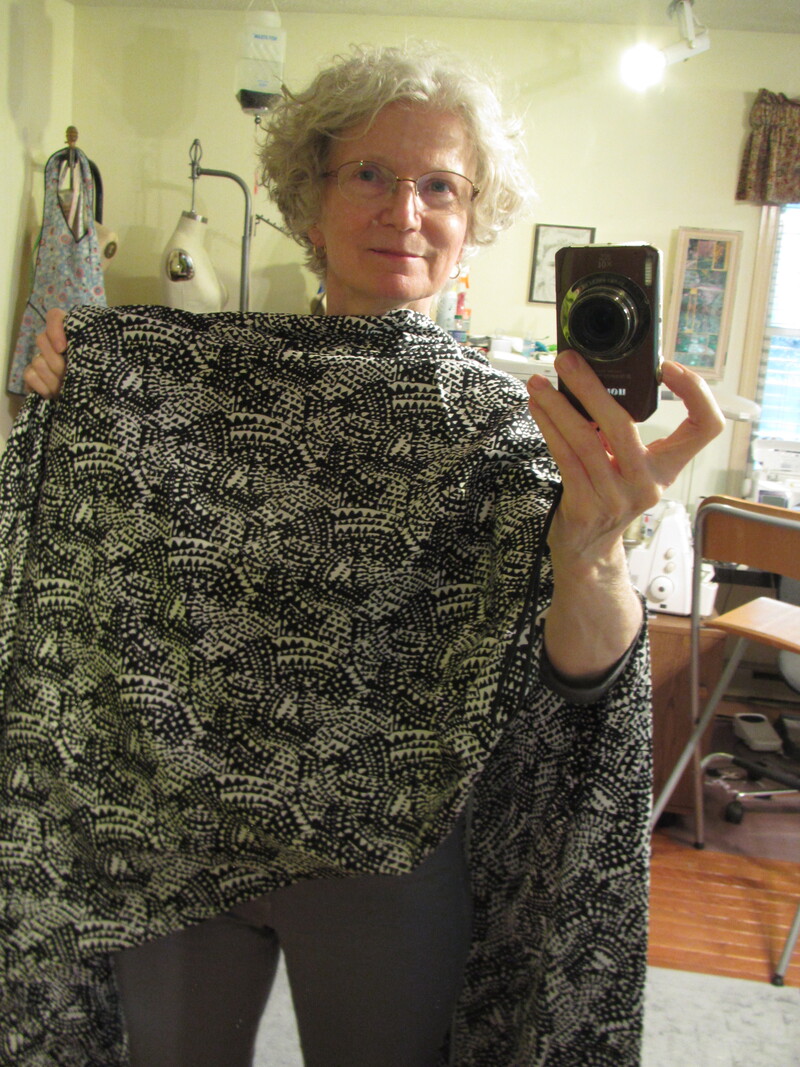
 RSS Feed
RSS Feed